Afghanistan Flag Meaning
Few nations have worn their history so visibly upon their flags as Afghanistan. In just over a century, the country has cycled through more banners than any other modern state, each design mirroring the upheavals of power, ideology, and identity that have defined its story. The current flag, a stark white field bearing the Shahada in bold black script, was restored by the Taliban in 2021. To outsiders, its simplicity may appear severe, even austere. Yet within its minimal form lie deep layers of meaning: an assertion of faith, a claim to authority, and a conscious rejection of the ornate tricolors and emblems that preceded it. To understand this flag is to glimpse not only Afghanistan’s turbulent politics, but also the powerful role of religion, symbolism, and history in shaping its national identity.
- Continent
- Asia
- Adopted
- 2021
- Ratio
- 2:3
- Colors
- white, black
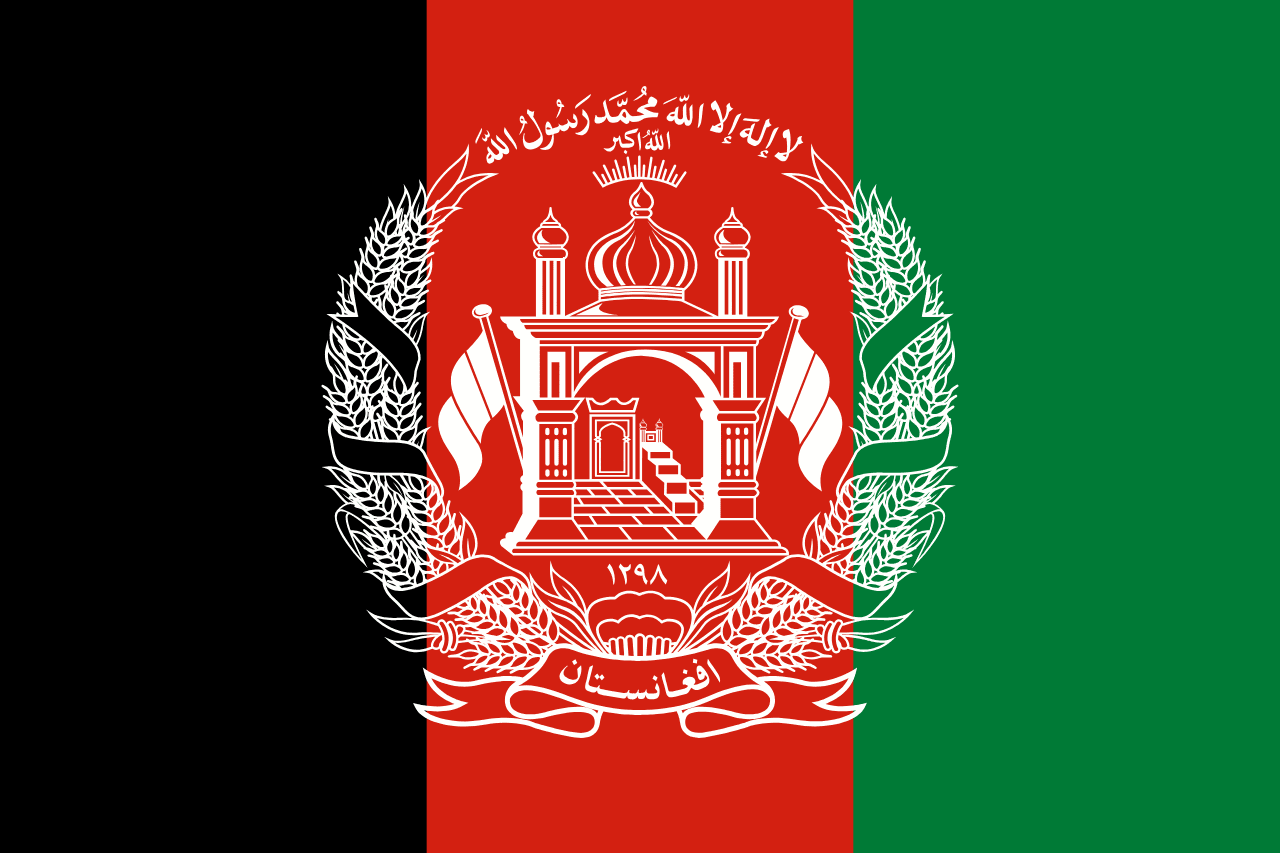
Symbolism
White Field: This represents peace, purity, and the Islamic faith. White is traditionally associated with the Taliban movement and symbolizes the pure Islamic state they seek to establish.
Shahada Text: The Islamic declaration of faith written in Arabic script: 'There is no god but Allah, and Muhammad is his messenger,' representing the fundamental belief of Islam and Islamic governance.
Black Calligraphy: The black Arabic text provides contrast against the white field and represents the written word of Islam, emphasizing the importance of Islamic scripture and law.
Arabic Script: The use of Arabic script emphasizes Afghanistan's connection to the broader Islamic world and the universal nature of Islamic teachings.
Simplicity: The minimalist design reflects the Taliban's austere interpretation of Islam and rejection of elaborate symbolism in favor of pure religious expression.
History
- 1919-1926: Afghanistan gained independence and used a black flag, beginning a century of frequent flag changes reflecting the country's political turbulence.
- 1926-1973: Various monarchist flags featured black, red, and green stripes with different coat of arms, representing different royal dynasties and constitutional periods.
- 1973-1978: The Republic of Afghanistan used a tricolor flag after the monarchy was overthrown, marking the beginning of republican government.
- 1978-1992: Communist governments used red flags with various symbols, reflecting Soviet influence during the occupation period and the broader Cold War context.
- 1992-1996: The Islamic State of Afghanistan used green, white, and black tricolor flags during the civil war period following Soviet withdrawal.
- 1996-2001: The Taliban's first emirate used a plain white flag with the Shahada, establishing the precedent for their current flag design and Islamic governance model.
- 2001-2021: The Islamic Republic of Afghanistan used a black, red, and green tricolor with the national emblem, representing the US-backed government period.
- August 2021-Present: The Taliban restored their white flag with the Shahada upon regaining control, marking the return of the Islamic Emirate of Afghanistan.
Trivia
- Afghanistan has changed its flag more than any other country in modern history, with over 20 different designs since gaining independence in 1919.
- The current flag is one of the simplest national flags in the world, containing only text on a plain background without any geometric symbols or emblems.
- The Shahada text reads 'La ilaha illa Allah, Muhammad rasul Allah' and is considered the most important prayer in Islam, recited by Muslims worldwide.
- The Taliban's white flag was also used during their previous rule from 1996-2001, making it a restoration rather than a completely new design.
- Afghanistan is one of the few countries whose flag contains religious text as the primary design element, emphasizing the role of Islam in governance.
- The flag's adoption was controversial internationally, with many countries and international organizations not recognizing the Taliban government's legitimacy.
- Some Afghan embassies abroad continue to display the previous tricolor flag, reflecting the lack of international recognition of the current government.
- The simplicity of the design makes it easily reproducible, which was important for a movement that needed to quickly establish visual authority across the country.
- Traditional Islamic flags often featured white and black colors, and the Taliban flag follows this historical pattern used by various Islamic dynasties.
- The flag appears on Taliban military vehicles, government buildings, and official documents, serving as a symbol of their authority and Islamic governance.
- Unlike the previous flag which featured complex heraldic elements, the current flag can be read and understood by anyone literate in Arabic script.
- The flag's design reflects the Taliban's interpretation of Islamic principles that discourage elaborate imagery in favor of textual religious expression.
- During the Taliban's first rule, the flag was sometimes displayed without the text during windy conditions to prevent the sacred words from being disrespected.
- The flag represents a significant departure from Afghanistan's tradition of using tricolor designs that had been standard for most of the 20th century.
- International sporting events have created complications regarding which flag to display for Afghan athletes, with different organizations taking different approaches.
Related Countries
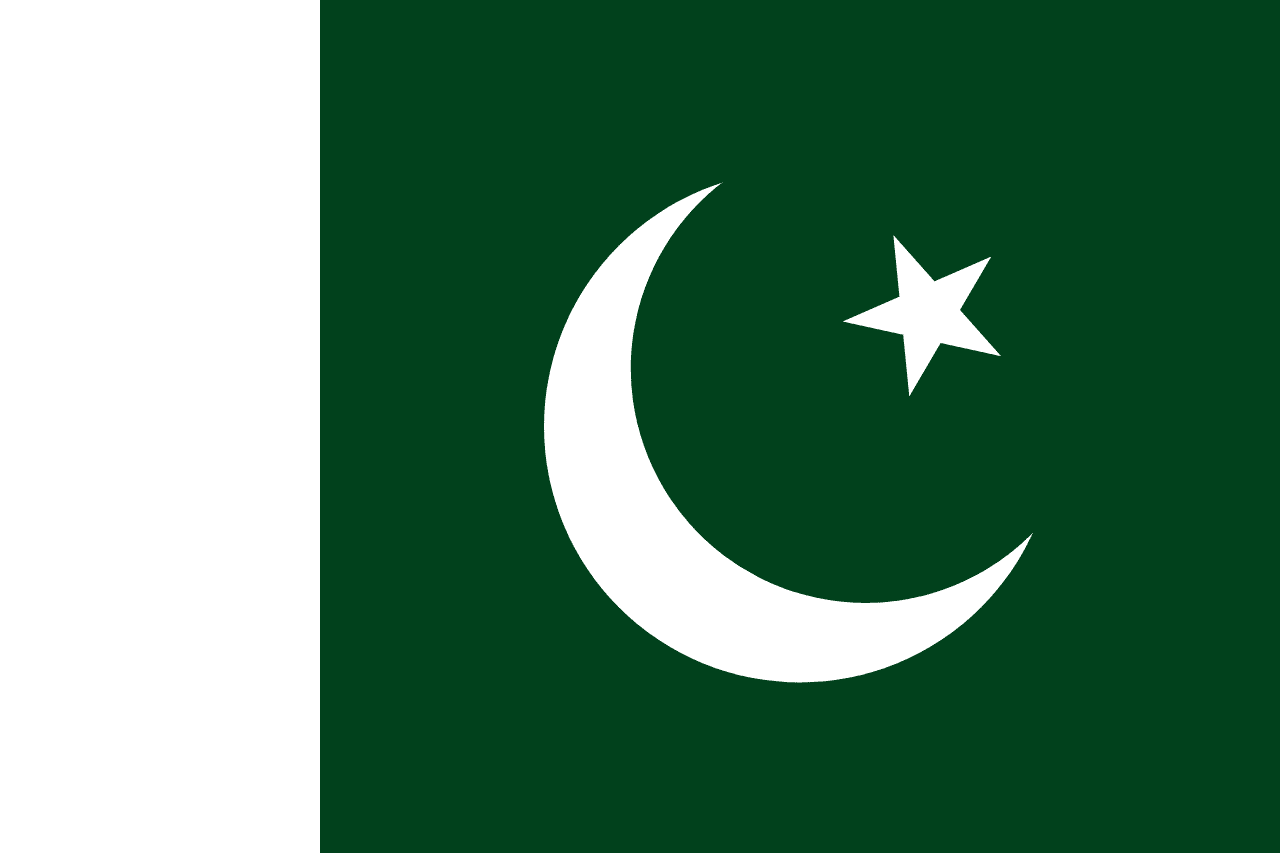
Pakistan
Asia
A green field with a white vertical stripe at the hoist, a white crescent, and a five-pointed star. The flag symbolizes Islam, religious minorities, and the guiding ideals of the nation.
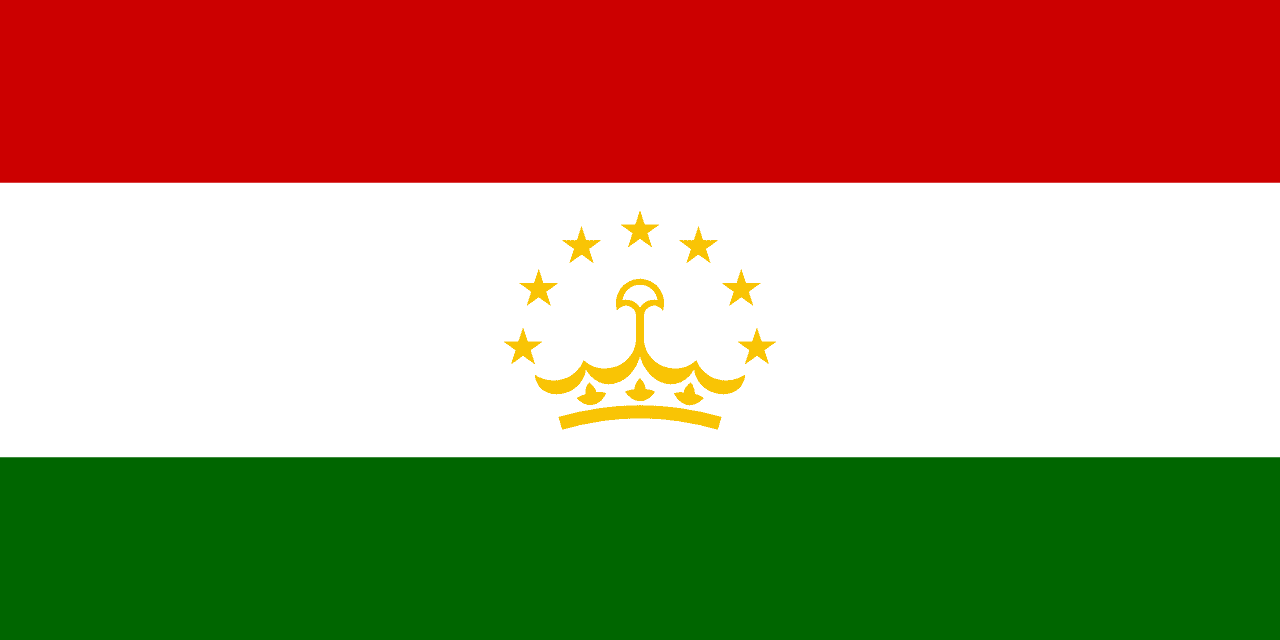
Tajikistan
Asia
Three horizontal stripes of red, white, and green with a golden crown topped by seven stars in the center of the white stripe, representing the unity of workers and peasants, cotton and snow-capped mountains, the verdant valleys, and the Somoni crown symbolizing Tajik sovereignty and the seven regions of historical Tajikistan.
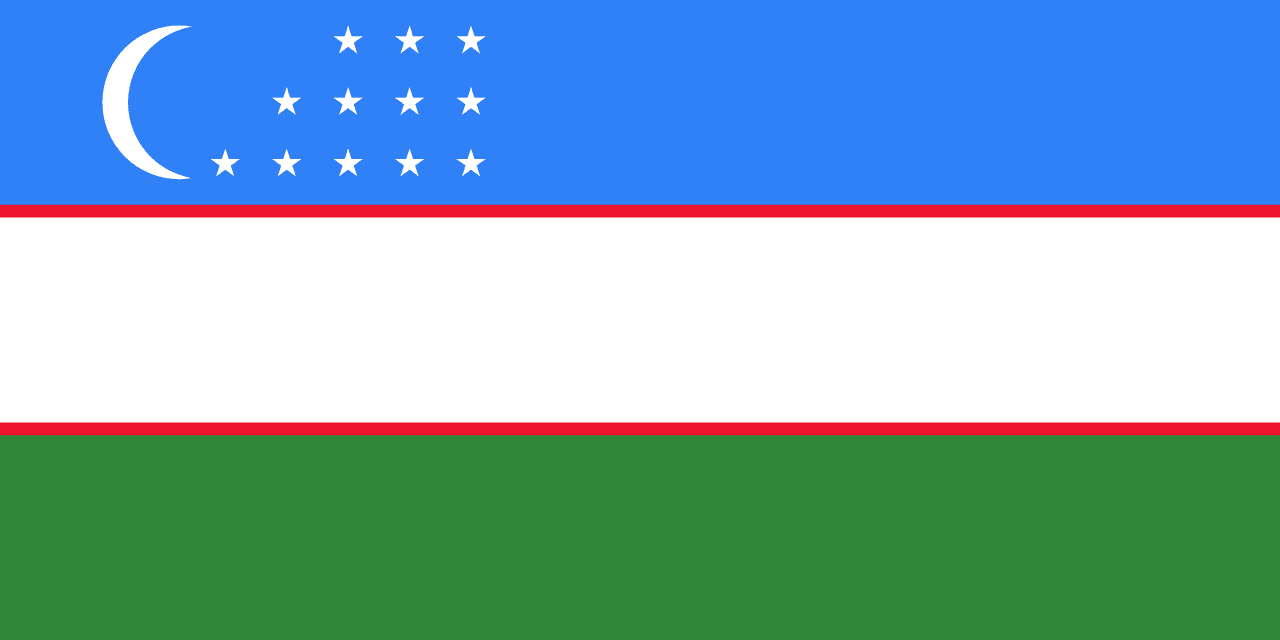
Uzbekistan
Asia
Three horizontal stripes of blue, white, and green separated by thin red stripes, with a white crescent moon and twelve white stars on the blue stripe, representing the sky and water, peace and purity, nature and fertility, the life force, the rebirth of Uzbekistan, and the twelve months of the year.
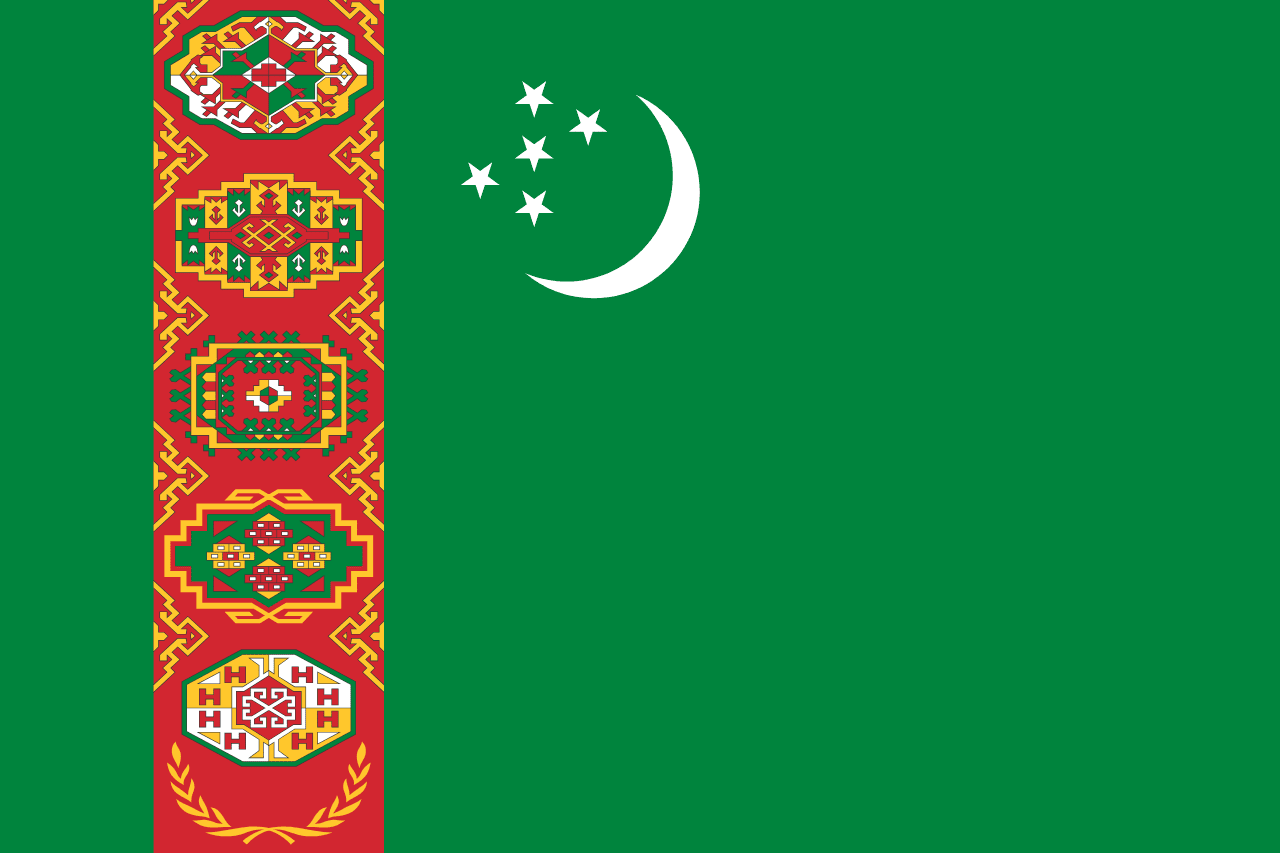
Turkmenistan
Asia
A green field with a vertical red stripe containing five traditional carpet guls (patterns) on the hoist side, and a white crescent moon with five stars in the upper left, representing Islam, the traditional carpet weaving culture, neutrality, and the five regions and senses of Turkmenistan.
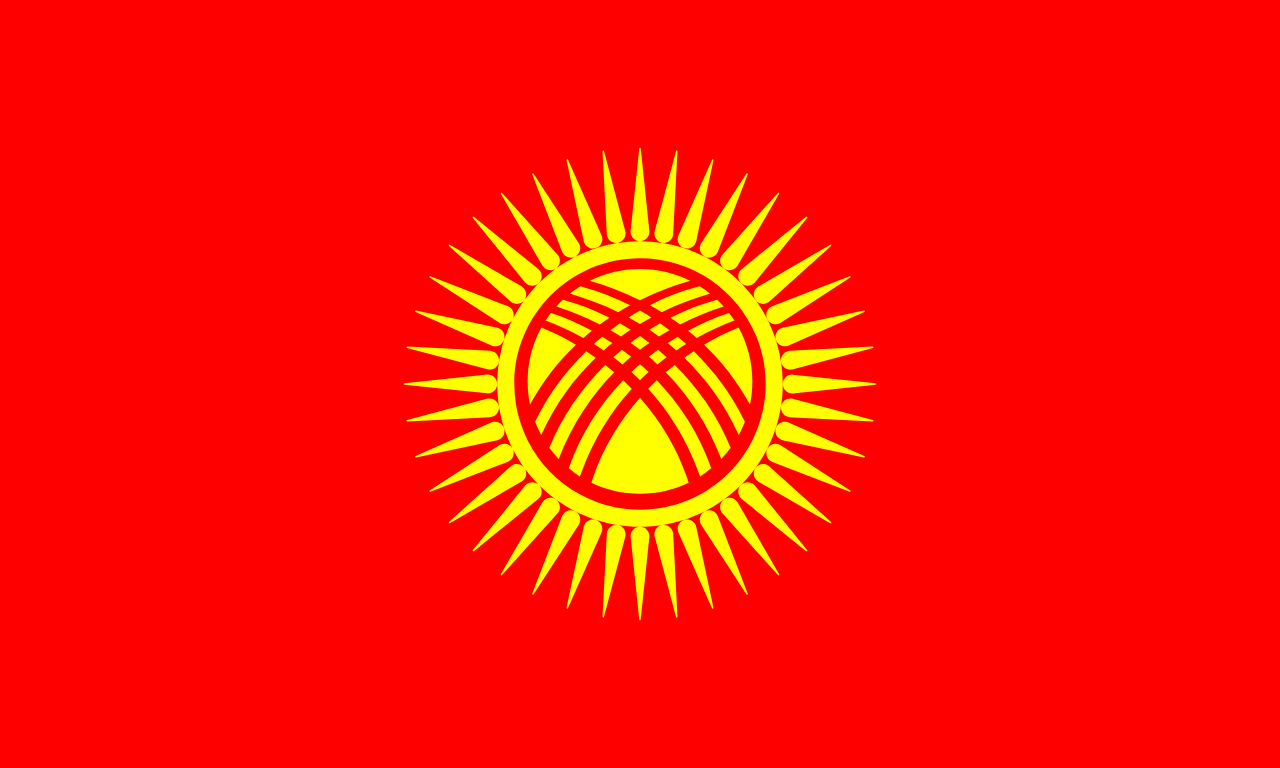
Kyrgyzstan
Asia
A red field with a yellow sun featuring 40 rays and a tunduk (yurt crown) in the center, representing the nomadic heritage, unity of 40 tribes, and the traditional dwelling of the Kyrgyz people in this mountainous Central Asian nation.
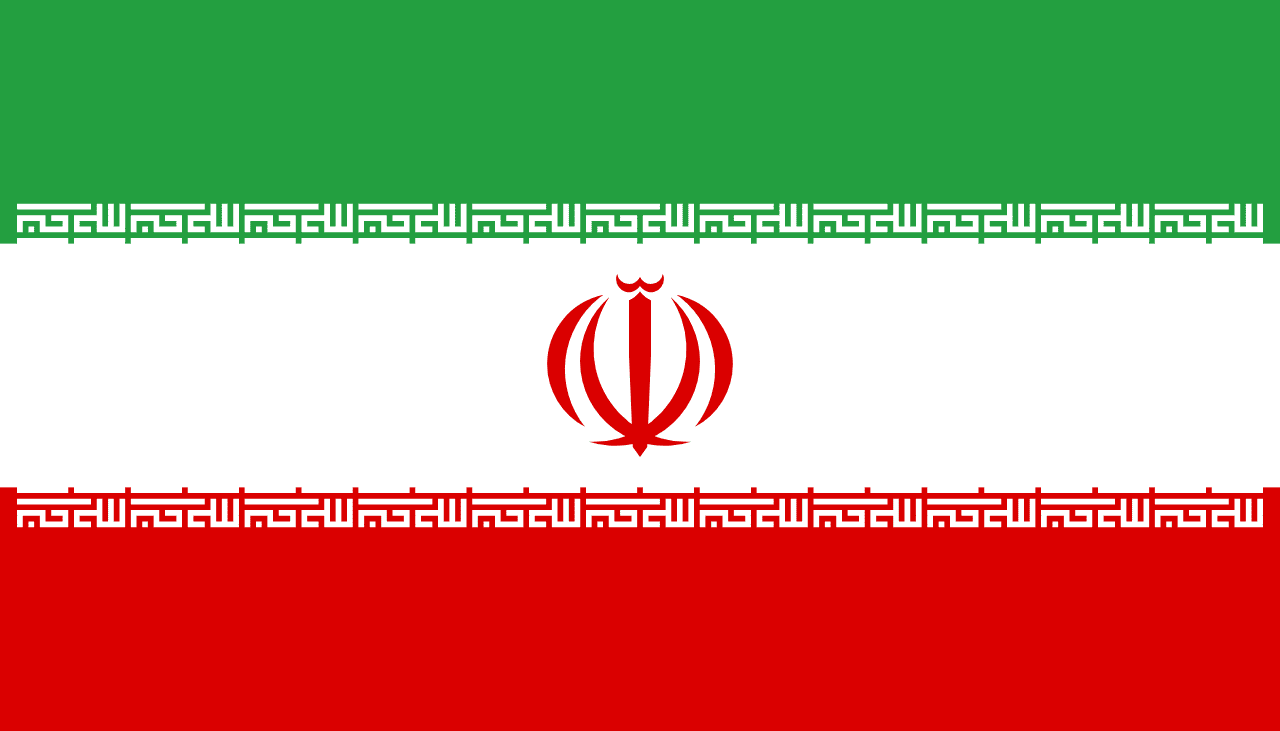
Iran
Asia
Three horizontal stripes of green, white, and red with a stylized emblem in the center and repeated 'Allahu Akbar' text along the borders, representing the Islamic Republic of Iran and the principles of the 1979 Islamic Revolution.